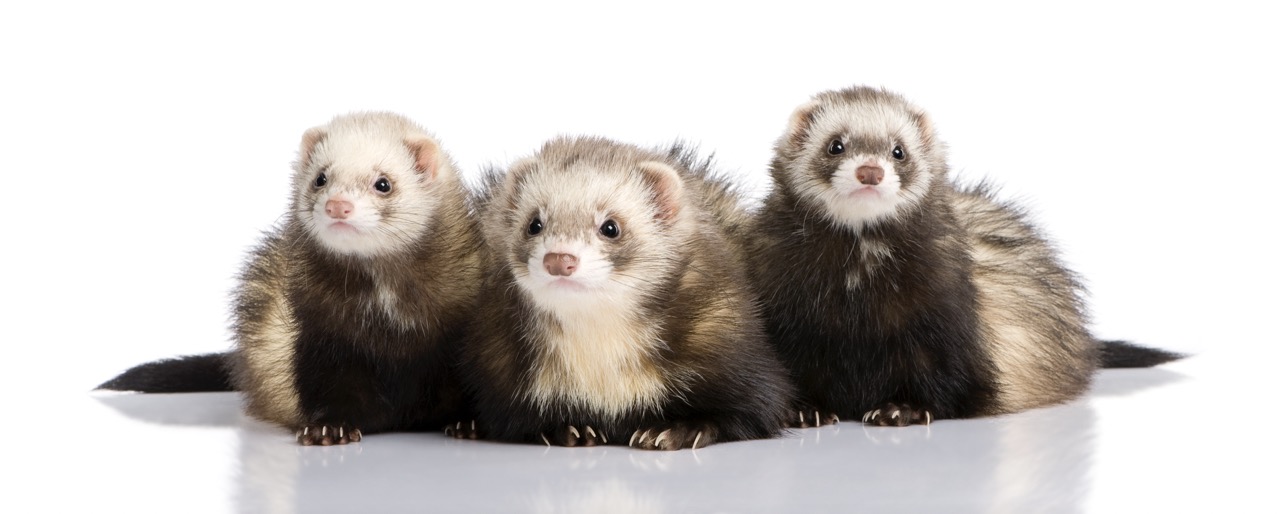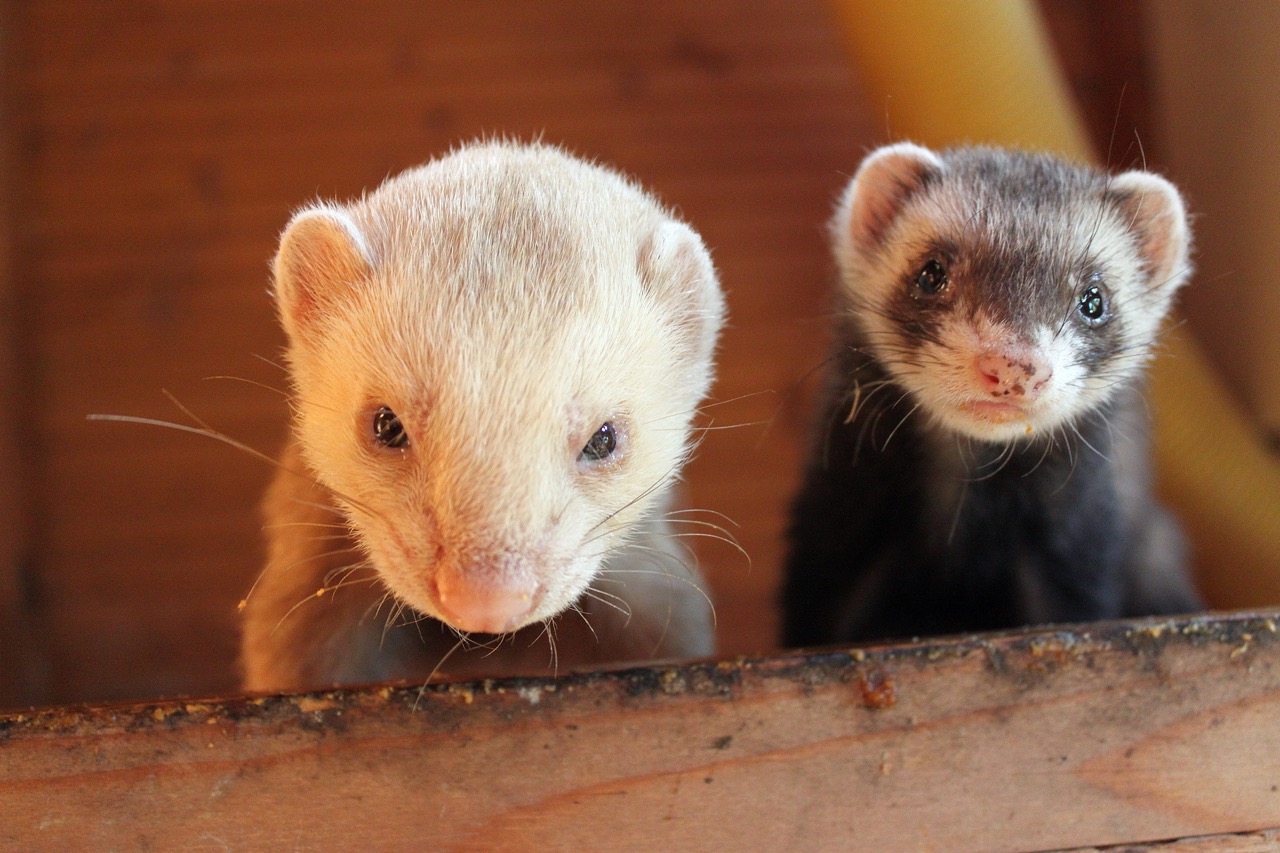Building a custom cage for your ferret is an excellent way to provide a safe, stimulating, and comfortable environment for your pet. Ferrets are active, curious animals that require ample space to explore, play, and rest. A well-designed cage not only caters to their physical needs but also enhances their overall well-being. In this article, we will delve into the essential elements to consider when creating a custom ferret cage, from understanding your ferret’s needs to incorporating features that promote comfort and health.
Understanding Your Ferret’s Needs for Optimal Housing
Ferrets are social creatures that thrive in environments where they can engage in exploration and play. Therefore, it’s crucial to consider their natural behaviors when designing a cage. Ferrets love to climb, tunnel, and hide, so the cage should provide vertical space and various levels to cater to their energetic lifestyle. A minimum recommended space is 2 feet by 4 feet with a height of at least 3 feet, but larger is always better.
Another important aspect is ventilation. Ferrets are sensitive to heat and humidity, so ensuring the cage has adequate airflow will maintain a comfortable environment. Additionally, remember that ferrets are nocturnal; they will be most active during the evening and night. Thus, the cage should be designed to minimize disturbances while allowing for nighttime activities.
Lastly, consider the social nature of ferrets. They thrive on interaction, so incorporating spaces where they can see and interact with their owners, as well as with other ferrets, can enhance their living environment. Providing enrichment through toys, climbing structures, and hiding spaces will help keep your ferret mentally stimulated and reduce the risk of boredom-related behaviors.
Choosing the Right Materials for Your Custom Cage
When it comes to building a custom ferret cage, the choice of materials is paramount for safety and durability. Wood, metal, and plastic can all be used, but each material has its advantages and disadvantages. Metal cages are often favored for their sturdiness and easy cleaning, while wooden structures can provide a more natural and aesthetically pleasing look. However, wood must be treated with non-toxic finishes to prevent the risk of toxicity.
Another crucial factor is the spacing of bars or wire mesh. Ferrets are notorious escape artists and can squeeze through surprisingly small spaces. A spacing of no more than 1 inch is generally recommended to prevent escapes. Additionally, ensure that any metal used is powder-coated or stainless steel to prevent rusting and potential injury.
Lastly, think about the flooring. Ferrets can be prone to injuries from slipping on smooth surfaces, so using solid, non-slip flooring is ideal. Also, avoid materials treated with harmful chemicals, and ensure all components are safe for pet use, as ferrets are known to chew on and explore their surroundings.
Step-by-Step Guide to Building Your Ferret’s Cage
To build your custom ferret cage, start by sketching a design that reflects the space you have available and your ferret’s needs. Once you have your plan, gather all materials based on your design specifications. Depending on the complexity of your cage, you may need basic tools such as a saw, drill, and screwdriver for assembly.
Begin by constructing the frame, ensuring stability and safety are your top priorities. If using wood, reinforce corners and joints to prevent any potential damage. Next, attach the wire mesh or bars to the frame, ensuring there are no sharp edges or protrusions. It’s crucial to double-check the spacing to make sure it aligns with safety recommendations.
Once the frame is complete, focus on adding shelves or ramps to create vertical space and interactive elements. Secure these features well to withstand your ferret’s activity. Finally, clean and treat the cage (if necessary) before introducing your ferret, and ensure it is free from any harmful chemicals or materials.
Essential Features and Accessories for Ferret Comfort
After constructing the cage, it’s time to think about the features and accessories that will make it a comfortable home for your ferret. Providing multiple levels and platforms offers the opportunity for climbing, which is essential for their exercise and enjoyment. Use ramps or ladders to connect different levels safely, and ensure they are securely attached.
Incorporating hiding spots is also vital, as ferrets love to burrow and nest. You can use hammocks, tunnels, or cozy bedding areas made of soft fabric to create inviting hideaways. These features not only provide comfort but also mimic their natural behaviors, making them feel secure in their environment.
Lastly, don’t forget about enrichment. Toys, climbing structures, and interactive elements will keep your ferret engaged and prevent boredom. Regularly rotate toys and rearrange the layout of the cage to maintain your ferret’s interest. A well-designed cage will not only meet your ferret’s physical needs but also contribute positively to their mental stimulation and overall happiness.
Building a custom cage for your ferret is a rewarding project that can significantly enhance their quality of life. By understanding their needs, carefully selecting materials, and incorporating essential features, you will create a safe and stimulating environment for your pet. A thoughtful approach to housing your ferret will not only keep them happy and healthy but also strengthen the bond you share. Investing time and effort into building a custom cage is an expression of love and care, ensuring your ferret thrives in a home tailored just for them.










